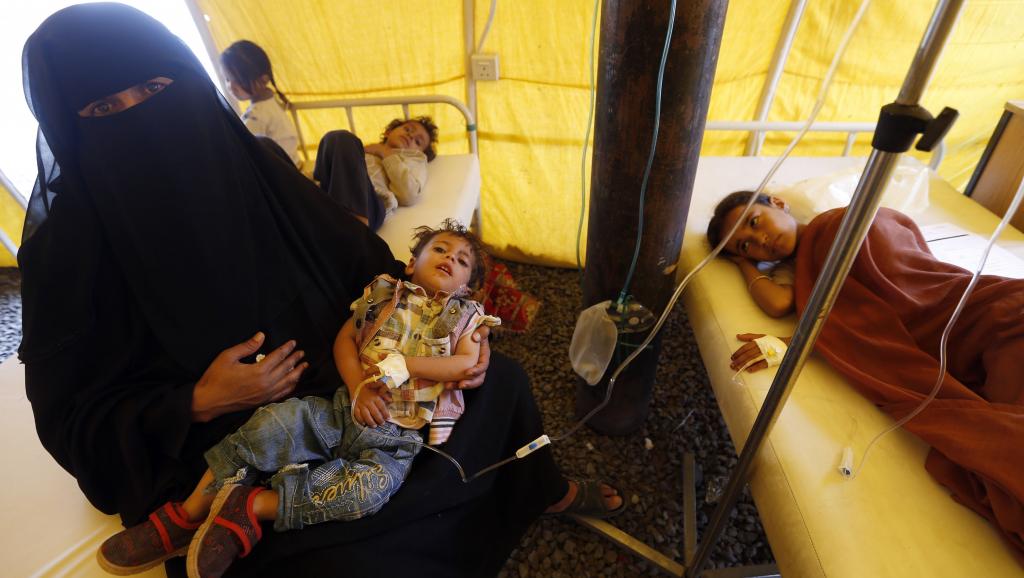More than 50 UN and international agencies have developed an ambitious plan to reduce deaths from cholera by 90 percent by 2030. The new program, which is expected to be launched tomorrow by the Global Task Force on Cholera Control, will help to save lives of some 85,500 people every year.
“WHO [World Health Organization] is proud to be part of this new joint initiative to stop deaths from cholera. The disease takes its greatest toll on the poor and the vulnerable – this is quite unacceptable. This roadmap is the best way we have to bring this to an end,” Tedros Adhanom Ghebreyesus, WHO Director-General, said in a press conference on Tuesday.
Since 1817, when Asiatic cholera first spread throughout Southeast Asia and to the Middle East, eastern Africa and the Mediterranean coast, the waves of cholera have terrified many people.
According to the Center for Disease Control, cholera is an acute, diarrheal illness caused by infection of the intestine with the bacterium Vibrio cholerae. Some 3 to 5 million cases of cholera take place each year and result in up to 143,000 deaths.
The infection is often mild or without symptoms, but it can also be severe. Approximately 1 in 10 people who have contracted this disease experience watery diarrhea lasting a few days, vomiting, and leg cramps. Rapid loss of body fluids leads to dehydration and shock. In some cases, death can occur within hours if left untreated. It can also kill healthy adults.
The cholera bacterium can be found in water or food sources that have been contaminated by feces from a person infected with the disease. It is likely to spread and be found in places with inadequate hygiene, poor sanitation, and insufficient water treatment. Sometimes salty rivers and coastal waters contain cholera bacteria and when people consume raw shellfish, they can be exposed to it.
Dr. Ghebreyesus said every death from cholera is preventable nowadays.
“This is a disease of inequity that affects the poorest and most vulnerable. It is unacceptable that nearly two decades into the 21st century, cholera continues to destroy livelihoods and cripple economies. We must act together. And we must act now,” he said.
Because Europe and North America have clean potable water and advanced sanitation systems, these continents have been cholera-free for decades. However, in poorer countries, more than 2 billion people remain without access to safe water and sanitation. This disease continues to affect less fortunate states such as Kenya, Malawi, Mozambique, Nigeria, Somalia, South Sudan, The Congo, and Tanzania.
According to The World Health Organization, the cholera outbreak in Tanzania that began in August 2015, resulted in 11,563 cases and 144 deaths. Impoverished children and individuals with lower immunity are at greater risk of death if infected by the viscous disease.
In order to expel cholera worldwide, clean drinking water and proper sanitation must be provided to all people and countries, according to WHO. Education on health and cleanliness must also be implemented and good hygiene should be taught.
In addition, prompt treatment of cholera must be managed properly by providing medical supplies such as diarrheal disease kits. Community leaders should be in the forefront for the eradication of cholera by pushing towards better access to water, effective sanitation, and proper waste management.
WHO urged heavy involvement of the media to spread information and education in order to communicate what the proper procedures are to prevent cholera.


